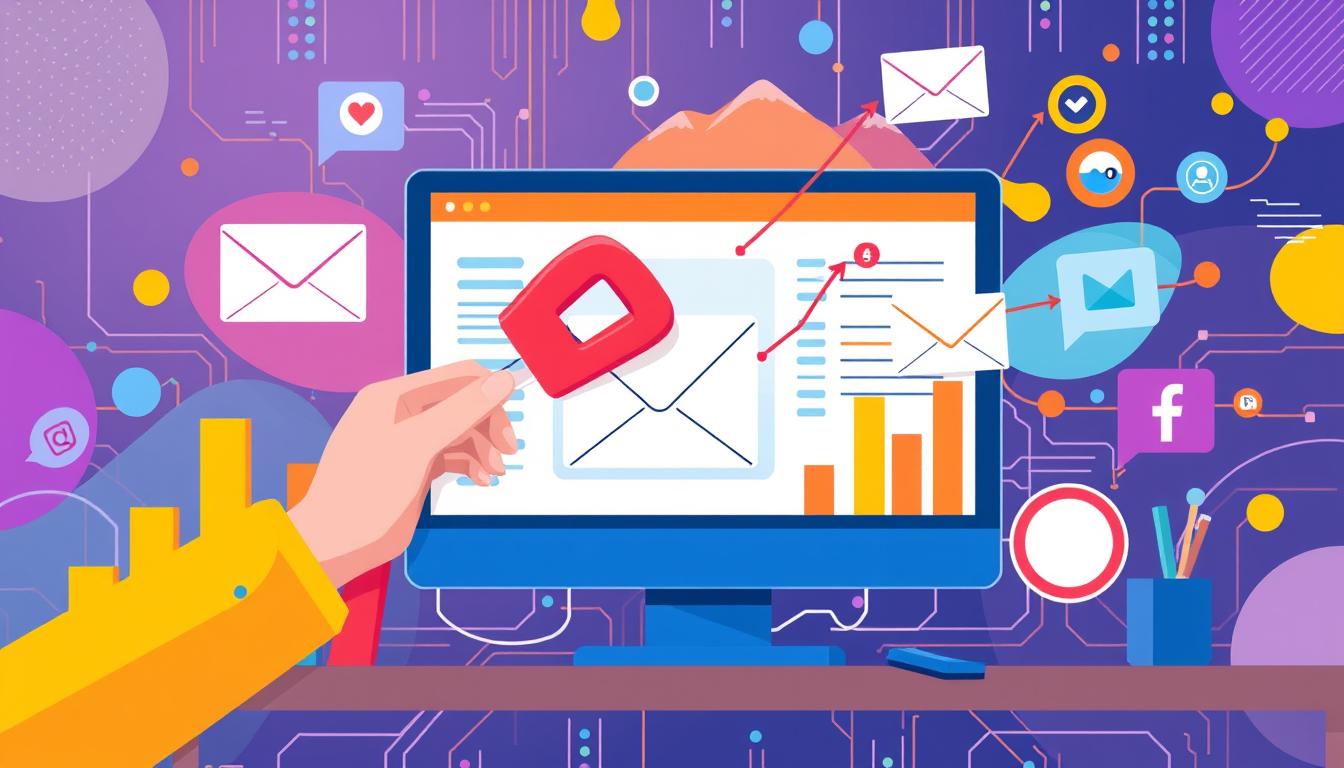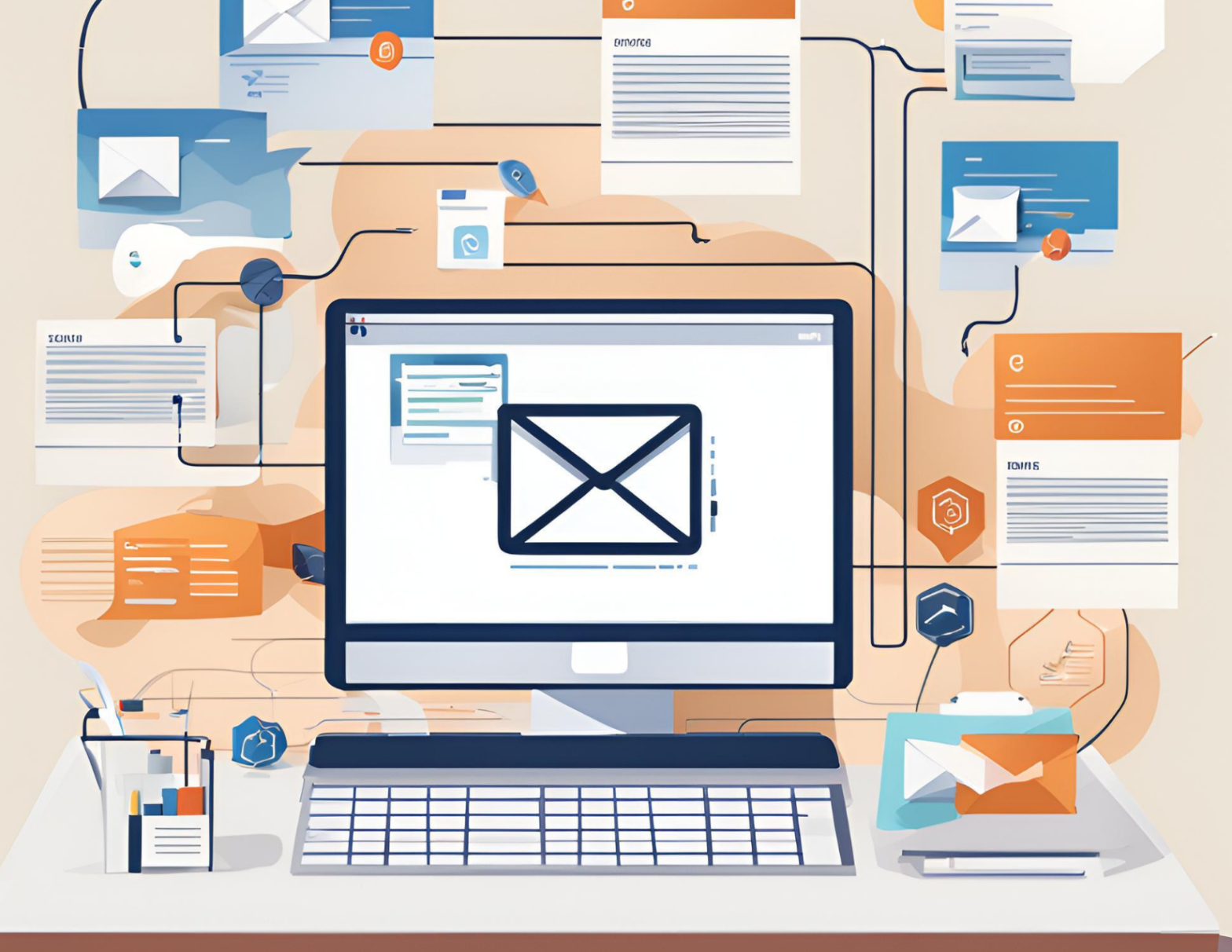Email marketing remains one of the most effective ways to connect with potential and existing customers. Whether you’re running a small business or a large enterprise, optimizing your email campaigns can lead to increased sales, better customer relationships, and loyal brand advocates. To ensure your campaigns hit their mark, it’s essential to focus on strategies that deliver results. Below, we’ll explore actionable tips and insights for mastering email marketing.
1. Building a Quality Email List

Your email marketing efforts are only as good as the list you’re sending to. A quality email list ensures you’re reaching an audience genuinely interested in your product or service. Here’s how to do it:
- Focus on Organic Growth: Avoid purchasing email lists. Instead, encourage sign-ups through opportunities like free resources (ebooks, guides, or templates), webinar registration, or discounts.
- Use Pop-Ups Strategically: Add well-timed pop-ups on your website that offer value, like a 10% discount for signing up.
- Leverage Your Website and Social Platforms: Include sign-up forms on your website, blog, and social media pages to convert visitors into subscribers.
- Double Opt-In: Use a double opt-in process to confirm user interest and ensure you’re building a high-quality, engaged audience.
Example: A clothing retailer could offer a “Style Guide for the Season” as a free download in exchange for an email sign-up.
2. Crafting Compelling Subject Lines
Your subject line is the first impression of your email. If it doesn’t spark curiosity or deliver value, your audience might not bother opening it. Follow these tips:
- Keep It Short and Punchy: Aim for 6-10 words or under 50 characters.
- Use Action Words: Phrases like “Discover,” “Get,” or “Unlock” encourage urgency and action.
- Personalization: Include the recipient’s name or other details when possible. For example, “Sarah, Here’s a Secret to Boost Your Style.”
- Test and Optimize: Conduct A/B testing to find out which subject lines generate the highest open rates.
Best Practice: Instead of generic lines like “Top Marketing Tips,” try “Unlock 7 Proven Email Marketing Secrets Today.”
3. Personalizing Email Content
Gone are the days of one-size-fits-all emails. Personalization not only grabs attention but also makes readers feel valued.
- Segment Your Audience: Break your email list into groups based on factors like purchase behavior, location, or engagement history.
- Dynamic Content Blocks: Use tools that allow you to swap out email sections depending on the recipient. For example, include product recommendations based on their browsing history.
- Address Them by Name: “Hi Mark” feels more engaging than a general “Dear Customer.”
- Send Behavior-Triggered Emails: Follow up with customers who abandoned carts or interacted with a specific section of your website.
Pro Tip: A software company could send a “Getting Started” email to new users who signed up for a free trial, but send advanced tips or upgrade offers to long-time users.
4. Optimizing for Mobile
With nearly half of all emails opened on mobile devices, ensuring your campaigns look great on smaller screens is non-negotiable. Here’s how to make your emails mobile-friendly:
- Use Responsive Design: Ensure your emails adjust automatically to fit any screen size, from phone to tablet to desktop.
- Keep the Layout Simple: Avoid overcrowding. Use single-column designs with plenty of white space.
- Use a Large, Clear Call-to-Action (CTA): Make sure your CTA button is easy to tap, even on small screens.
- Short Subject Lines: On mobile, longer subject lines get truncated, so keep them concise.
Example: Instead of numerous images, focus on one impactful image and a bold CTA like “Shop Now” that’s easy to spot.
5. Analyzing Campaign Performance
Email marketing doesn’t end when you hit “send.” Measuring the success of your campaigns is crucial for future optimizations. Pay attention to the following metrics:
- Open Rate: This shows how many recipients opened your email. If it’s low, revisit your subject lines and timing.
- Click-Through Rate (CTR): Measures how many clicked on links within your email. This helps gauge the effectiveness of your content.
- Conversion Rate: Tracks the number of users who took the desired action, like making a purchase or signing up for a webinar.
- Bounce Rate: A high bounce rate indicates issues with email deliverability, such as invalid or inactive addresses.
- Unsubscribe Rate: If this is high, your content may not be resonating with your audience.
Pro Tip: Use tools like Microsoft Ads or Google Analytics to connect email efforts with actual sales or website traffic to get a better understanding of your return on investment (ROI).
Final Thoughts
Email marketing is an invaluable tool to grow your audience, boost sales, and strengthen your brand. By focusing on building a high-quality list, crafting irresistible subject lines, personalizing your emails, optimizing for mobile, and measuring performance, you can ensure your campaigns drive meaningful results.
Remember that email marketing is not static—it’s a process of continuous learning. Test different strategies, analyze the results, and refine your approach to suit your unique audience.
Are you ready to transform your email marketing? Start implementing these strategies today and watch the performance of your campaigns soar!
